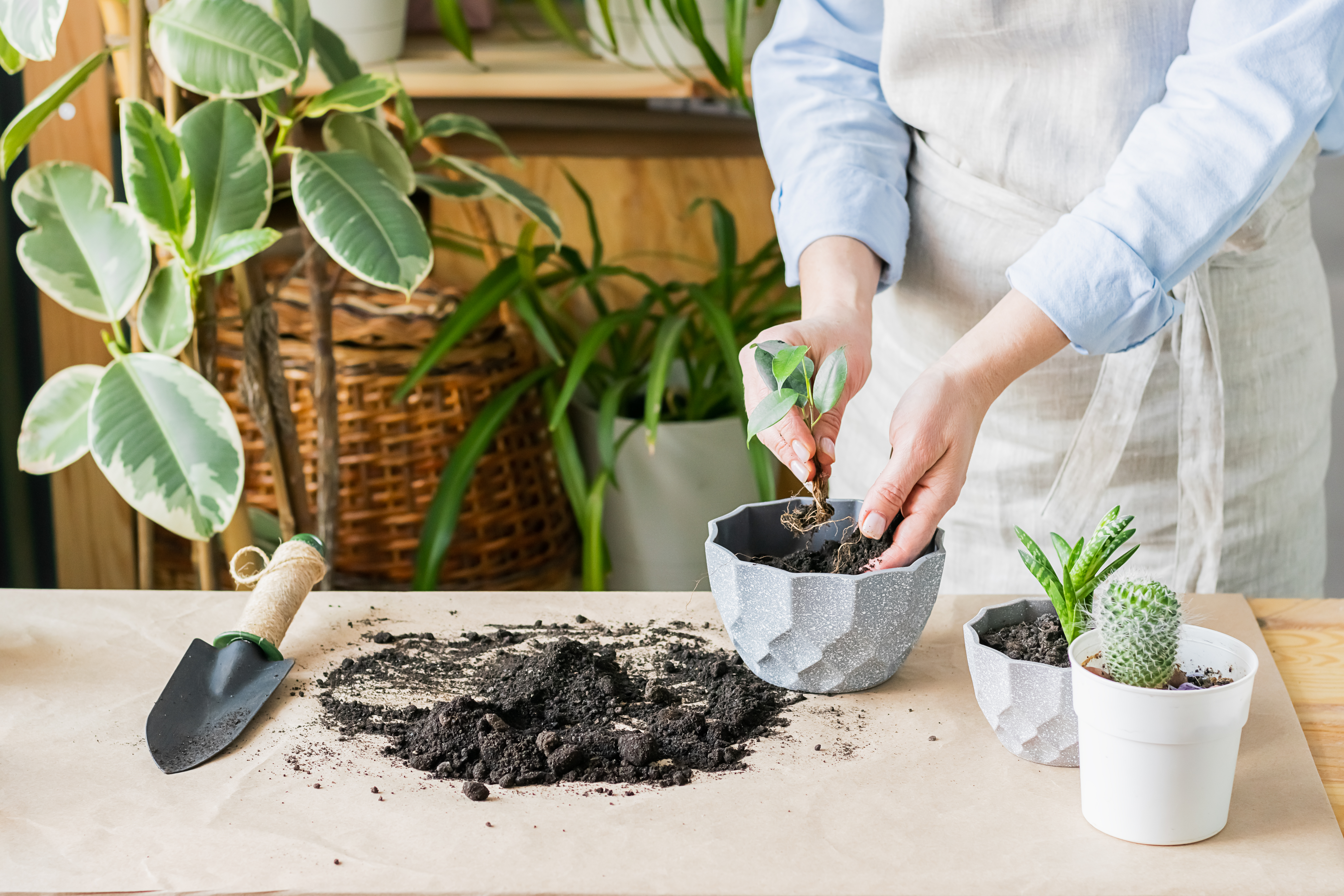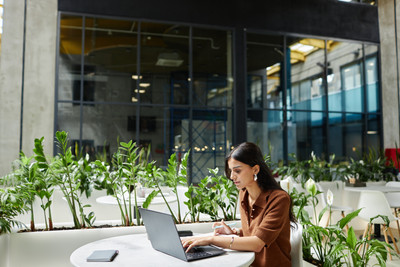5 Secrets for Choosing the Correct Planter Pot Sizes
Posted by Jason Wyrwicz on Nov 5th 2021

Plants have the power to make indoor and outdoor spaces more attractive and welcoming. The right greenery can bring areas to life, whether you’re looking to boost curb appeal or take advantage of the health benefits of indoor plants.
Container gardening (using pots and planters rather than planting into the ground) gives you more control over the structure and style of your garden or indoor plants. But no matter what plants you choose to nurture, and no matter where you’re placing them (indoors or outside), you need to choose the right planter pot sizes.
Why Do Planter Pot Sizes Matter?
The size of your pots or planters is going to directly impact the growth of your greenery. Herbs, flowers, trees, and vegetables all need the right amount of space and soil-to-root ratio.
A pot that’s too small will stunt the growth of your plant. In overly confined pots, plants won’t have enough space or nutrients to thrive.
But what lots of people don’t realize is that an oversized planter can be just as harmful to a plant’s growth.
Plants struggle to collect the right nutrients from soil when there’s too much of it. Plus, bigger containers can retain a lot more water, creating an environment that’s likely to welcome pests and lead to root rot. Your plants will struggle, start to wither, and omit a rotten plant smell.
Choosing the right planter pot sizes can help you avoid unhappy plants and bring your indoor or outdoor greenery to life. You’ll give your plants the room they need to maintain their current size and eventually grow bigger.
5 Secrets for Choosing the Right Pot Sizes
So planter pot size is hugely important if you want your plants to thrive, look great and smell fresh. But how can you choose the right pot sizes — not just for one of your plants, but for your whole collection? Here are five secrets that green-fingered folk and professional gardeners swear by for choosing the right pot size every time.
1: Take a Look at Plant Roots to Check if Current Pots Are the Right Size
Before you start measuring plant diameter and height, one of the easiest ways to tell if a plant needs a bigger or smaller container is to take a look at the roots.
If the roots fill the container, leaving little room for potting soil, you probably need a larger pot. The same goes if the roots are growing out of your pot’s drainage holes. But if the roots hardly fill the container and there’s a lot more soil than roots, you need a smaller pot.
Ideally, what you want to see is an equal soil-to-root ratio. This tells you the plant is perfectly happy where it is!
2: ‘Two Inches Larger Than the Plant Diameter’ Is a Quick and Easy Rule of Thumb
If you’re looking for a quick answer to how much space your potted plants need, measure their diameter. Generally, most plants do well with a pot diameter that’s roughly two inches bigger than their own diameter.
If you’re placing multiple plants in one container, measure the diameter of each and add two inches to each. This will give your plants space to grow without needing to compete for sunlight and nutrients.
3: Sizing up Should Be a Gradual, Step-By-Step Process
A common mistake people often make with container gardening is thinking that plants will grow into larger pots — no matter how small they are. But if you want your plants to grow bigger, or you’ve realized that their current pots are too small, steer clear of jumping to a much bigger pot too quickly.
Plants take a while to grow and adapt to new container sizes. When you place smaller plants in drastically larger pots, there’s a lot more soil than roots. And with more soil comes a greater water ratio that can lead to root rot. Larger containers retain more excess water when there aren’t enough roots to absorb moisture.
So make sure you increase your pot size gradually. Only repot once plants have grown into their current container.
4: Pot Shape Matters Just as Much as Size
As well as considering the size of your planters, you need to think about pot shape. This can affect container volume and the depth of soil reservoirs. Different types of plants will need deeper or shallower pots depending on the size of their roots.
For example, succulents and cacti can thrive in shallow, wide pots. Larger plants of these types can be potted in containers with a large pot diameter and shallow depth. Whereas larger herbs, shrubs, and your “beautiful plants” with lots of foliage will have larger roots, meaning they’ll need tall pots.
5: Give Herbs and Food More Space in Shared Containers
When growing edible plants in shared containers, from leafy vegetables to small fruits and fresh herbs, it’s better to give them more space. When crammed into small pots, these plants will compete with each other for sunlight and nutrients, and you won’t get a great harvest.
With more space to thrive, they’ll have room to grow, providing you with the fresh ingredients you need to cook with from the garden.
You can find pots and planters of all sizes on our online planter store. However, if you need help choosing the right containers for your indoor or outdoor plants, you can always get in touch with our experts. Just give us a call on (855) 627-1066 or drop us an email at sales@potsplantersandmore.com.
{ "@context": "http://schema.org", "@type": "BlogPosting", "mainEntityOfPage": "https://potsplantersandmore.com/pots-planters-blog-pots-planters-more/5-secrets-for-choosing-the-correct-planter-pot-sizes/", "headline": "5 Secrets For Choosing The Correct Planter Pot Sizes", "image": { "@type": "ImageObject", "url": "https://potsplantersandmore.com/product_images/uploaded_images/5-secrets-for-choosing-the-correct-planter-pot-sizes.jpg", "width": 6000, "height": 4000 }, "datePublished": "2021-11-05", "dateModified": "2022-01-12", "author": { "@type": "ORGANIZATION", "name": "Pots, Planters & More" }, "publisher": { "@type": "Organization", "name": "Pots, Planters & More", "logo": { "@type": "ImageObject", "url": "https://www.facebook.com/Potsplantersandmore/photos/a.556076991133022/1002789956461721/" } } }



